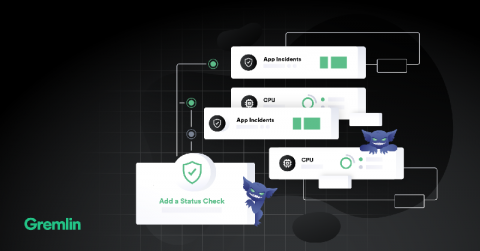Testing the reliability of your fulfillment center
Fulfillment pipelines for order management in e-commerce have a lot of intricate moving parts that depend on one another. Sales orders, fulfillment, negotiation, shipment, and receipt are closely interconnected but require different actions while depending on one another closely. You also need messaging around order statuses, conditions, actions, rules, and inventory, just to name a few of the important parts of these complex systems.








